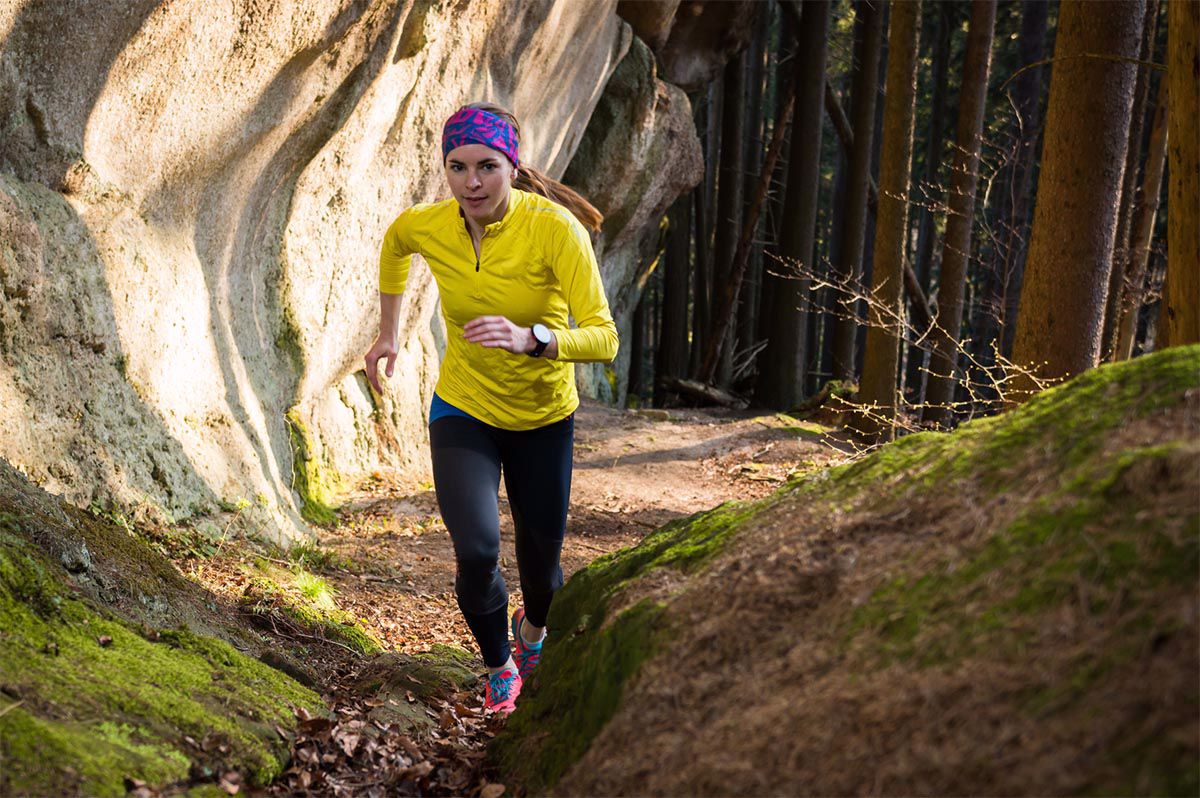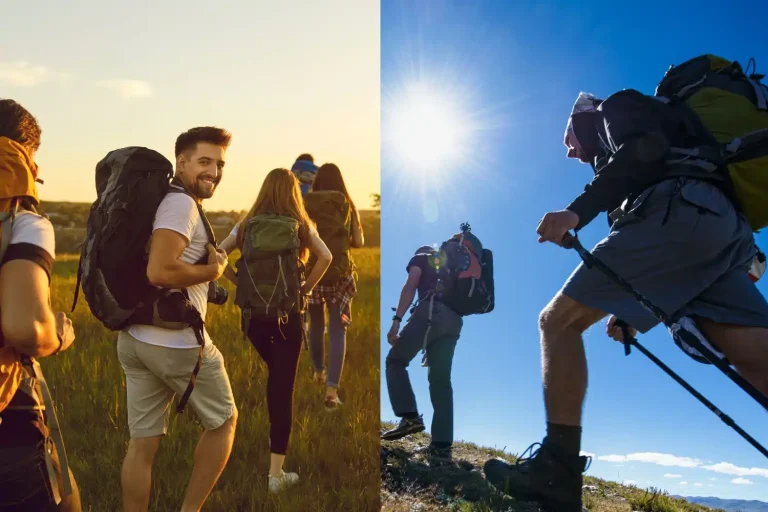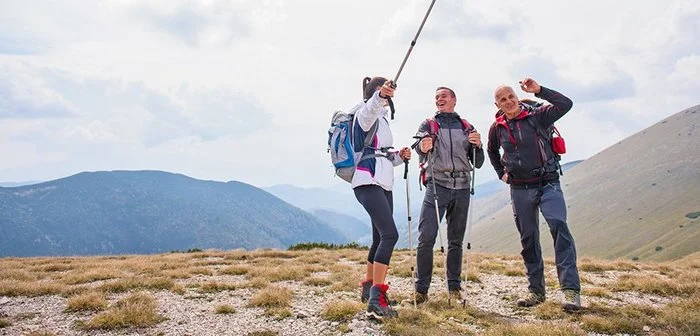Step by Step: Understanding Trail Types for Every Adventure
Whether you’ve been hiking for half a century or are looking to hit the trail for the first time, one of the greatest joys of hiking is that there are so many different things to discover on your own two feet.
Rocky Trail (Small, Medium, and Large Rocks)
When a trail is called rocky, it can mean that there are rocks of different sizes on the trail, like the series of photos below. But it can also refer to trails where the size of the rocks is more uniform.
The three main types of this kind of trail are scree, talus, and boulders. You can see these types of rocky trails below, from left to right:
Scree (Scree Field, Scree Slope): Small Rocks
Small (pebble or gravel-sized), loose rocks on the side or at the base of a mountain are called scree. Because it’s loose, scree is challenging to walk on. Sometimes you can see the route that other hikers have taken across a scree field.
Pro Travel Tip: It’s easier to descend a scree slope than to ascend. When descending, dig your heels in as you go.
Talus (Talus Field, Talus Slope): Medium-Sized Rocks
Talus is a collection of rocks (larger than scree) on the side or at the base of a mountain. It may be loose or stable depending on the size of the rocks, steepness of the slope, and other factors.
The route across a talus field might be marked with cairns (piles of stones) or with painted blazes (trail markings), or you may need to find your own route across.
Boulder (Boulder Field): Large Rocks
A boulder field is made up of large, irregularly sized rocks. You often need to use one or both hands for stability and balance when moving through a boulder field. Very slow going indeed!
There are other types of trails out there that are easier to traverse in some ways, but they have their own considerations as well. These trail types are “hard-packed dirt trails,” trails across bare rock, and a snowfield traverse.
Hard-Packed Dirt Trail
A clear path where the dirt has been packed by countless hikers, making the trail apparent.
“Trail” Across Bare Rock
A trail across bare rock is often undefined and requires the user to follow another hiker or look for a safe path on their own. Often, these trails are marked with cairns, intentionally stacked rocks, that mark the way across an otherwise featureless landscape.
“Trail” Across Snowfield
When hiking or snowshoeing across a snowfield, a path is often made by previous hikers and still visible in the snow. For those lucky enough to be the first feet on a snowfield, there may be no clear trail markings.
The next three types of trails you will commonly find in desert areas, like the places we see on Hiking Utah’s Majestic Parks and Hiking Bryce and Zion National Parks.
These trail types are sandy trails, trails over slickrock, and improved trails. This last type of trail is specifically created to prevent erosion.
Pro Travel Tip: On all of these trails, it’s a great idea to put rubber tips on your trekking poles for traction and to help prevent further erosion.
Sandy Trail
A trail through a sand-based ground location.
Slickrock
Slickrock is smooth, weathered sandstone found in the desert Southwest. When dry, the rock surface offers good grip for hiking footwear and mountain bike tires. Hiking trails in Utah often include sections of slickrock where paths are marked by cairns or painted blazes.
Improved Trails
These trails have been augmented in some way to protect against erosion. On these types of trails, you’ll see steps, stones, pavement, “gutters” to divert water, and other types of improvements to increase the durability and longevity of the trail itself.







